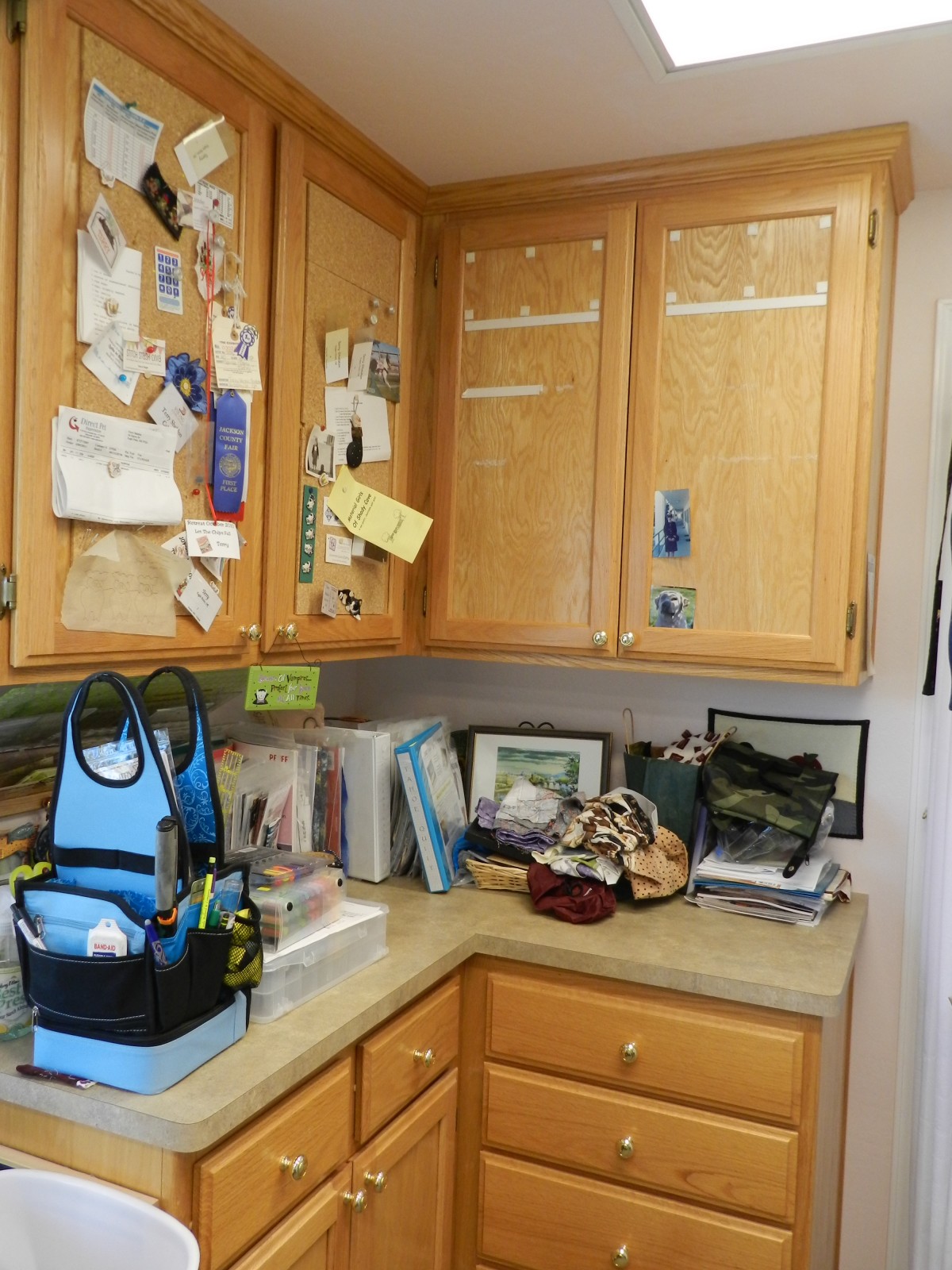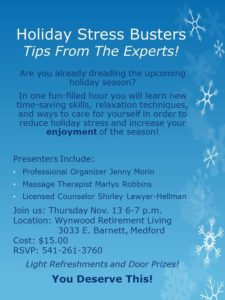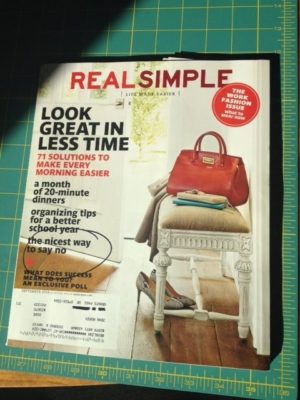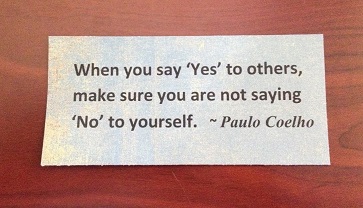Tip 1: Figure out what your best focus time is. Do the work that requires the most brainpower then. If you’d like to pinpoint the time of day, email me and I will send you a quiz that will show you when you do your best work! jennym@efficientspacesco.com
Tip 2: Limit distractions. If you spouse or kids are home, make sure they know not to disturb you. Close the doors if you need to. Put on headphones with some music that helps you focus. This has a dual job: to let people know you don’t want to be disturbed, and it keeps you from hearing background noise.
“Ambient sounds, especially with words, occupy about 5-10% of your intellectual bandwidth. By wearing ear protectors, you acoustically isolate yourself. This freed up bandwidth can now be focused on the desired task.
It’s a great deal. Just put on some earmuffs and you become 5-10% smarter.”
~ Peter Rogers, Straight A Stanford and on to Harvard
Tip 3: With emails, you can take one of 3 actions: File, respond, or delete. Try not to think about it too much! It doesn’t have to be complicated. The general rule of thumb: if it takes 2 minutes, do it now. (From Getting Things Done by David Allen)
Tip 4: Set up folders for emails. Organize them by topic, project, or individual names. A person wastes 6 weeks annually searching for lost documents or because of unorganized folders for the one project they need. Be consistent about filing them.
Tip 5: Have an inbox for paper , and clear it daily.
Tip 6: Have a “hot spot” for today’s most urgent project. Personally, I prefer a clear file folder standing up in a vertical file sorter. My file sorter holds 5 files. Also, put your to-do list in plain sight and review it each morning before you start.
Tip 7: If you tend to distract yourself: ahem… yes I do that! I find that setting a timer is very helpful. This works well if you are easily distracted by “bright and shiny” new emails. Say your purpose for opening your email is to write one necessary email and then close the email so you can focus on a project. Set a timer for 15 minutes before you open your inbox to avoid getting “sucked in” by your email. This really works!
“One way to boost our will power and focus is to manage our distractions instead of letting them manage us.” ~ Daniel Goleman
Tip 8: If texts, incoming emails, skype pop-up, or calendar notifications have alerts that distract you when you are trying to focus, make sure to turn off those alerts for the hour or 90 minutes when your project needs your full attention. (Before you do this, check your calendar to make sure you don’t have a meeting or scheduled phone call.) If you are not sure how to do this, ask a tech-savvy friends! Or link to the article I provide at the end of this post.
Tip 9: Delegate email deletion and unsubscribing from sites to your kids or grandkids (it works great!). Also, make sure to limit spam by having good firewalls in place to limit what gets to your inbox.
Tip 10: For information you want or need to keep, have it scanned by someone you can delegate to (an assistant, tech-savvy son/daughter, grandchild, high school student) and file or organize it into files. Make sure and train the workers to do it at a time when you’re doing something low-focus, like responding to emails. That way the interruptions with questions won’t affect your productivity.
Use these 10 tips to achieve more and reach your business goals!
Related posts: https://efficientspacesco.c.wpstage.net/2015/02/5-tips-distractions-bay/
https://efficientspacesco.c.wpstage.net/2014/05/30-minutes/
https://efficientspacesco.c.wpstage.net/2014/02/extra-hour/
How to turn off distracting notifications: http://www.makeuseof.com/tag/5-distracting-desktop-notifications-turn-windows/



 Clutter. It magically accumulates, it seems. We bring home groceries, the mail, the junk mail, meeting agendas, et cetera. Follow these 7 tips to quickly clear your counter, desk, or command center.
Clutter. It magically accumulates, it seems. We bring home groceries, the mail, the junk mail, meeting agendas, et cetera. Follow these 7 tips to quickly clear your counter, desk, or command center.


 have any fears, tendencies or habits to overcome? How can you overcome them? Record your ideas.
have any fears, tendencies or habits to overcome? How can you overcome them? Record your ideas.



 I just have to crow about being ahead of the curve with my 8 ways to Say No blog in August.
I just have to crow about being ahead of the curve with my 8 ways to Say No blog in August. A legitimate fear: it is much easier in the short term to say ‘Yes’ and have the asker be happy and grateful to you. Nobody likes being told no. See Tip #2 below!
A legitimate fear: it is much easier in the short term to say ‘Yes’ and have the asker be happy and grateful to you. Nobody likes being told no. See Tip #2 below!




